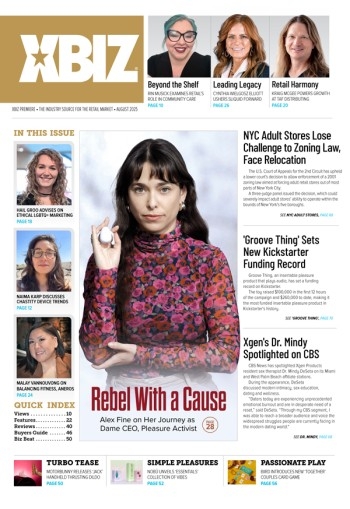According to the study, the term was coined in 2004 by Dale Dougherty and popularized by O’Reilly Media. It was created to serve as a “conceptual umbrella” where analysts, marketers and those in the tech field could group new, participatory websites. Blogs, wikis, social networking and viral video-sharing sites make up the bulk of Web 2.0 applications.
Wikipedia, MySpace, YouTube, Flikr and Bit Torrent are mentioned as examples of Web 2.0 sites. They all thrive off user activity and participation, creating a clique of members.
Pew utilized Hitwise data as examples to demonstrate the growth and popularity of sites it has defined as Web 2.0 compared to their “traditional” web counterparts.
“That [Web 2.0] has enjoyed such a constant morphing of meaning and interpretation is, in many ways, the clearest sign of its usefulness,” Pew researchers Mary Madden and Susannah Fox said. “This is the nature of the conceptual beast in the digital age, and one of the most telling examples of what Web 2.0 applications do: They replace the authoritative heft of traditional institutions with the surging wisdom of crowds.”
Demonstrating the growth of Web 2.0 socially-integrated photo service PhotoBucket versus the “traditional” photo site KodakGallery, the Pew Internet study shows that PhotoBucket controls .20 percent of the market share while KodakGallery maintains .03 percent.
Even more dramatic are the numbers of online encyclopedia Wikipedia, which Pew Internet calls the “poster child for Web 2.0.” Wikipedia emcompasses a 20.8 percent market share, while the more traditional, corporate Microsoft Encarta occupies .7 percent market share.
The study also explores social networking sites. While Geocities relied on the metaphors of a place like cities, neighborhoods and others, MySpace replaced that with the emphasis on the individual through profiles, blogs and photos.
“Web 2.0 operators are coming up with innovative web sites that seek to be a part of the users daily life,” T3Report’s Brandon Shalton told XBIZ. “Blogging is an activity that sucks the user in to updating on a daily basis. These Web 2.0 activities are integrated into the users’ daily routines, which lends to a stickiness traditional sites don’t have. People are realizing they can’t live without it, and Web 2.0 is thinking this way in terms of designing sites and online communities that depend on user participation.”
While blogs, wikis and social networking profiles are growing exponentially in popularity, the No. 1 Internet activity is still sending and receiving email Pew Internet determined.






